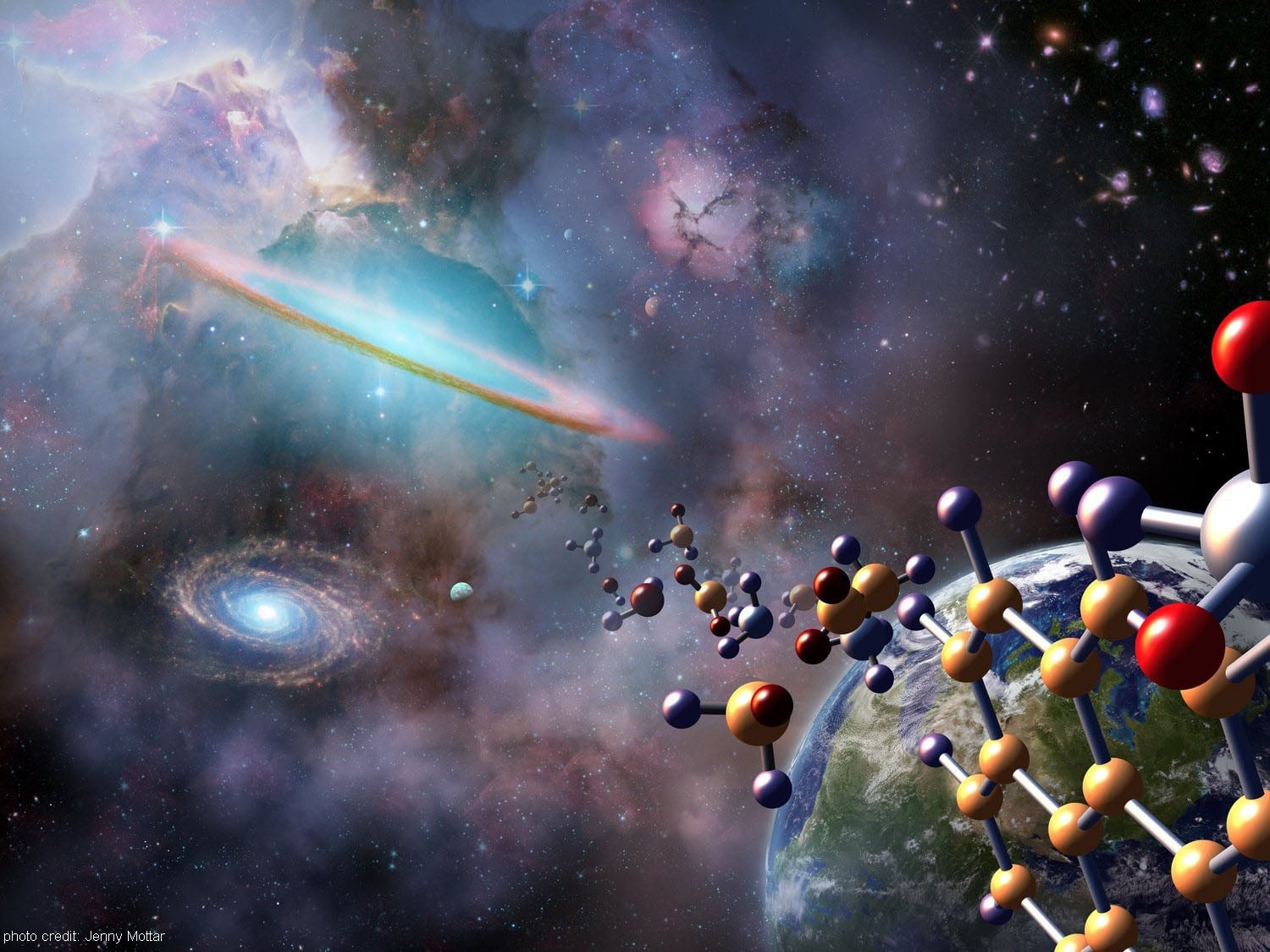[/caption] An organic sugar molecule which is directly linked to the origin of life has been detected in a region of our galaxy where habitable planets could exist. Using the IRAM radio telescope in France, an international team of scientists found the molecule in a massive star forming region of space, about 26,000 light years from Earth. "This is an important discovery, as it is the first time glycolaldehyde, a basic sugar, has been detected near a star-forming region where planets that could potentially harbour life may exist," said Dr. Serena Viti, one of the paper's authors. Glycolaldehyde can react to form ribose, a key constituent of the nucleic acid RNA, thought to be the central molecule in the origin of life.
Glycolaldehyde has previously only been detected near the center of our galaxy, where conditions are extreme compared to the rest of the galaxy. But its discovery in an area far from the galactic center in an area known as 'G31.41+0.31' suggests that the production of this key ingredient for life could be common throughout the galaxy. This is good news in our search for alien life, because a wide spread of the molecule improves the chances of its existing alongside other molecules vital to life, and in regions where Earth-like planets may exist.
Professor Keith Mason, Chief Executive of the STFC, said that "the discovery of an organic sugar molecule in a star-forming region of space is very exciting and will provide incredibly useful information in our search for alien life. Research like this, combined with the vast array of other astronomical projects involving UK researchers, is continually expanding our knowledge of the Universe and keeping the UK at the forefront of astronomy."
Read more in the team's abstract.
Sources:
PhysOrg.com,
RedOrbit
 Universe Today
Universe Today
